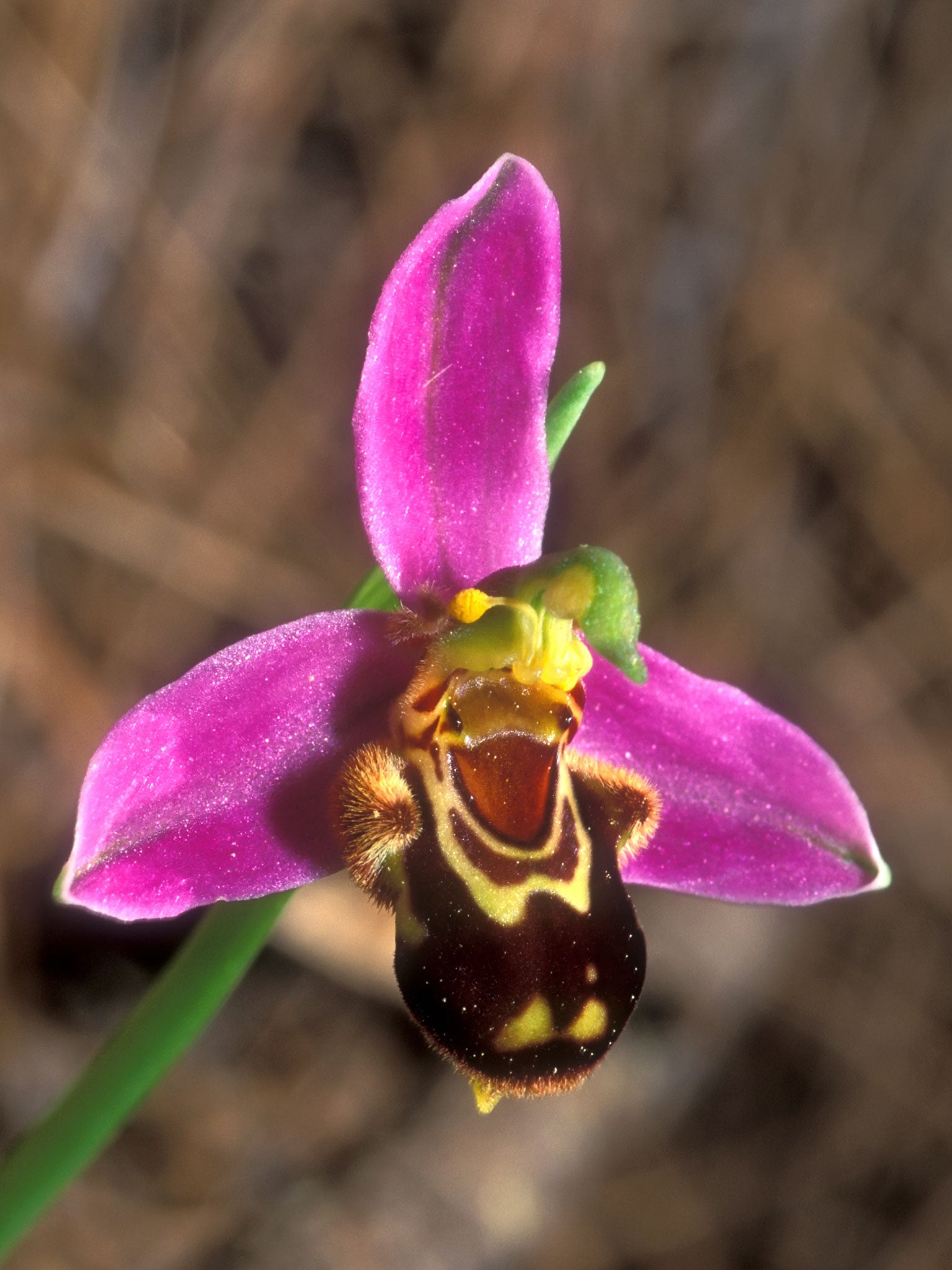Cheats and Deceits: How Animals and Plants Exploit and Mislead by Martin Stevens, book review
Martin Stevens is a pioneer of the experimental approach to mimicry and camouflage

"The evolution of convincing images was... anticipated by nature long before human minds could conceive this trick." It was the great art historian EH Gombrich's words that fired my interest in camouflage and mimicry in nature. First read when postmodernism ruled, this was revolutionary. According to postmodernism, artistic representation was entirely arbitrary – a set of human conventions bearing no intrinsic meaning. Gombrich retorted: "The art critic and historian could do worse than ponder these miracles. They will make him pause before he pronounces too glibly on the relativity of standards that make for likeness and recognition." Darwin himself had noted, more than 150 years ago, that the life-and-death functionality of deceptive patterns in nature must mean that animals respond to pattern and colour in very much the way we do: science meets art in the deceptive patterns of animals and plants.
It is not Gombrich's perspective that motivates Martin Stevens. He is a pioneer of the experimental approach to mimicry and camouflage, phenomena that had until recently been the province of the naturalist, the descriptive biologist... and the artist. And what a province! The hideously ugly angler fish sits in the dark deeps dangling a luminescent lure above its head to attract prey; the Kallima Indian leaf butterfly, settling with wings closed, is a perfect leaf mimic, down to fungal blotches, holes, and a little stalk at the end; the colourful Ityraea bugs sit on a twig arranging themselves like a many-headed inflorescence – a collective behaviour reminiscent of a Mexican wave.
Stevens, a professor in sensory and evolutionary ecology at Exeter, is as fascinated by these vivid images and narrative as anyone but he has also set himself to verify them experimentally. From these studies, we now know where the animals converge with, or diverge from us in perceiving colours, patterns and sounds.
In many cases, the purely descriptive work of the late-19th and early-20th-century naturalists such as Abbott Thayer, Edward Poulton, and Hugh Cott have been vindicated by the studies of Stevens and his school and he ends the book with an eloquent tribute to them and a plea to bring together natural history and the new experimental techniques.
A good example of the new knowledge is mimicry in orchids. The bee orchid resembles a bee and is pollinated by bees; the insects are attracted to the flower and attempt to mate with it, in the process transferring pollen when they visit the next orchid flower. This always seemed a cut-and-dried case but it's not quite as simple. What the early naturalists didn't know is that animals (especially insects) and plants live primarily in an odorous/ chemical world. Certain chemicals – pheromones – elicit precise behaviour in insects: if another species can copy the pheromone the result is a hit. So the mimetic orchids copy the mating pheromones of the insects that pollinate them. This is an organism crossing the plant/animal divide to steal a vital signalling molecule. The bee orchid flower has evolved to look a bit like a bee in reinforcement of the primary attractant, which is the scent.
My favourite deceptive creature is the American bolas spider which, instead of a web, dangles a sticky ball of silk from its belly in the dark to catch moths. It sounds crazy but the spider lures them by mimicking the mating scents of two different moths that fly at different times, so mealtime menu for the bolas spider is bristly cutworms up to 10.30 at night and smoky tetanolitas (these names are not some restaurant riff of mine – they're real!) after 11. You couldn't make it up. But nature did.
OUP, £22.99. Order at £20.99 inc. p&p from the Independent Bookshop
Subscribe to Independent Premium to bookmark this article
Want to bookmark your favourite articles and stories to read or reference later? Start your Independent Premium subscription today.

Join our commenting forum
Join thought-provoking conversations, follow other Independent readers and see their replies